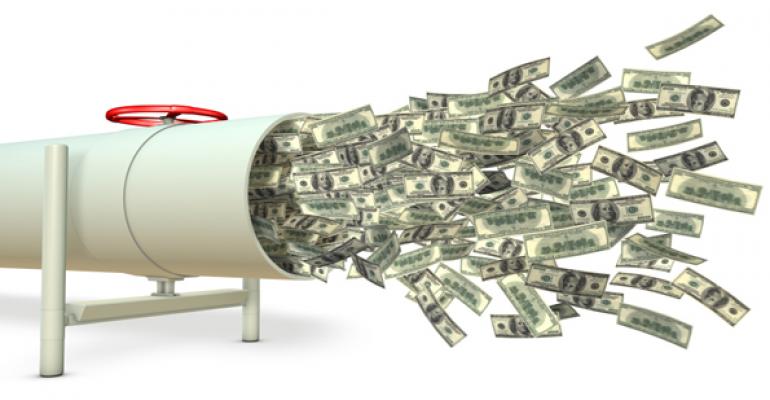The financial markets have been a tale of two cities since the end of June. Risk assets have regained all of their losses and more from their swoon in the wake of Ben Bernanke’s May 22 comments about the impending tapering of quantitative easing while so-called “risk-less” assets such as Treasury and investment grade bonds have, for the most part, regained little of what they lost. Municipal bonds initially recaptured a meaningful amount of their losses in July before the Detroit bankruptcy shook confidence throughout the entire municipal bond market. Overall, however, the story has been one of markets regaining their belief that the Federal Reserve (the Fed) will continue to support them for as long as it takes until the economy can achieve escape velocity on its own.
The result has been a stock market that’s showing increasing signs of overexuberance. Stocks like Tesla Motors, Inc. (TSLA) are behaving as though we are back in the late 1990s. Wall Street analysts are competing to come up with ways to rationalize Tesla’s valuation at nearly $18 billion, which is equivalent to 40 percent of that of General Motors (GM), despite the fact that Tesla will sell only about 22,000 cars this year, while GM sold over 9 million vehicles last year (it sold 5,150 in the second quarter). At several hundred times earnings, Tesla’s stock is egregiously overvalued and reminiscent of the absurd valuations last seen during the Internet Bubble. Other sectors, such as Internet travel sites, are also seeing parabolic moves that are not only clearly unsustainable but also symptomatic of an unhealthy market.
The most compelling evidence that equity gains are unsustainable, however, is the obvious reliance of investors on the Fed’s largesse. Every time the market becomes concerned that the Fed is going to begin tapering its bond-buying program, both equity and bond markets start selling off. Whether this occurs in September or December or some date in between, it’s long past time that the Fed terminate a policy that’s far better suited for an economy in deep recession than one that may not be going gangbusters, but is still growing at 2 percent.
The real question is whether the end of quantitative easing will coincide with higher economic growth, because economic growth, rather than anything the Fed does, (other than increase interest rates directly, which isn’t going to happen for at least another couple of years) is likely to be the most important determinate of interest rates in 2014. If gross domestic product (GDP) growth stays in the 2 to 2.5 percent range in 2014 and inflation remains in the 1 to 1.5 percent range, that will deliver real (that is, inflation-adjusted) growth of close to 4 percent. Interest rates generally correlate with GDP growth (in fact, the 10-year Treasury generally trades at a premium to the rate of GDP growth in a healthy economy). Four percent real growth is incompatible with a 10-year Treasury trading at 2.6 percent, which suggests that bond investors could see further turbulence ahead next year. If rates were to move closer to the real growth rate, they could see as much as a 60 percent increase in rates that would – needless to say – inflict serious mark-to-market losses on their bond portfolios. That’s why investors should shorten the durations of their bond portfolios and shift investments into floating rate bank debt. Higher interest rates are coming – the only question is when and how much higher.

